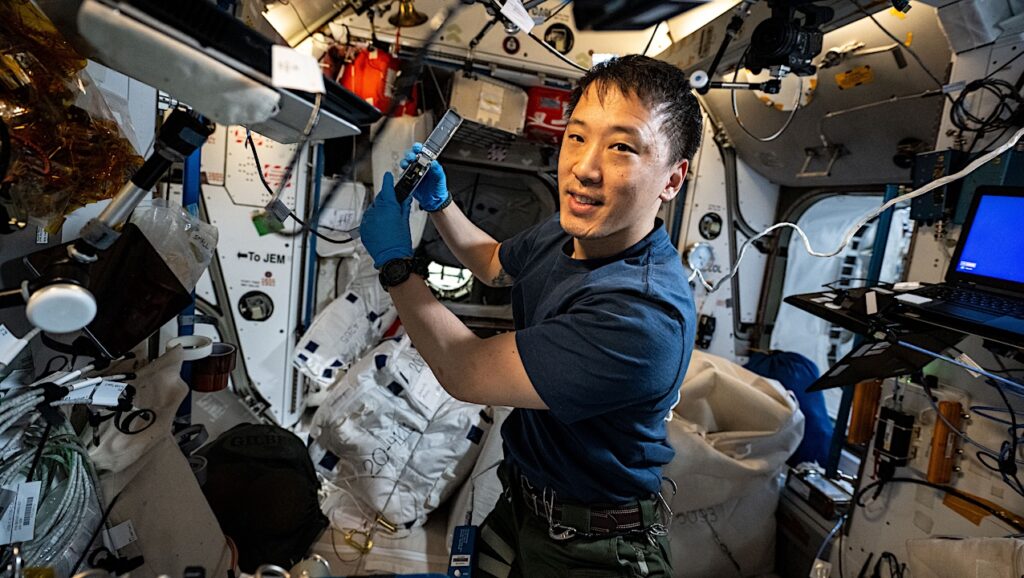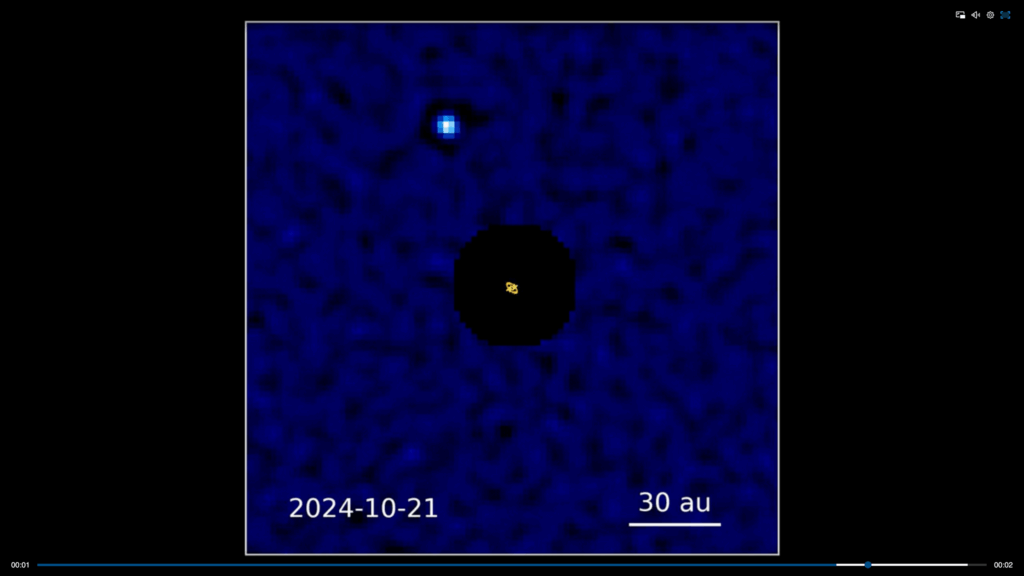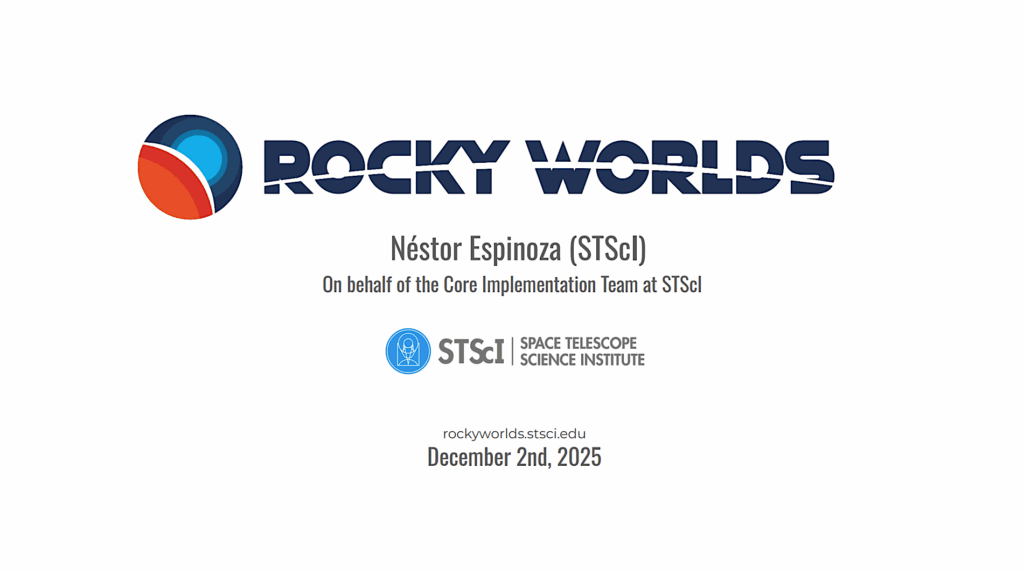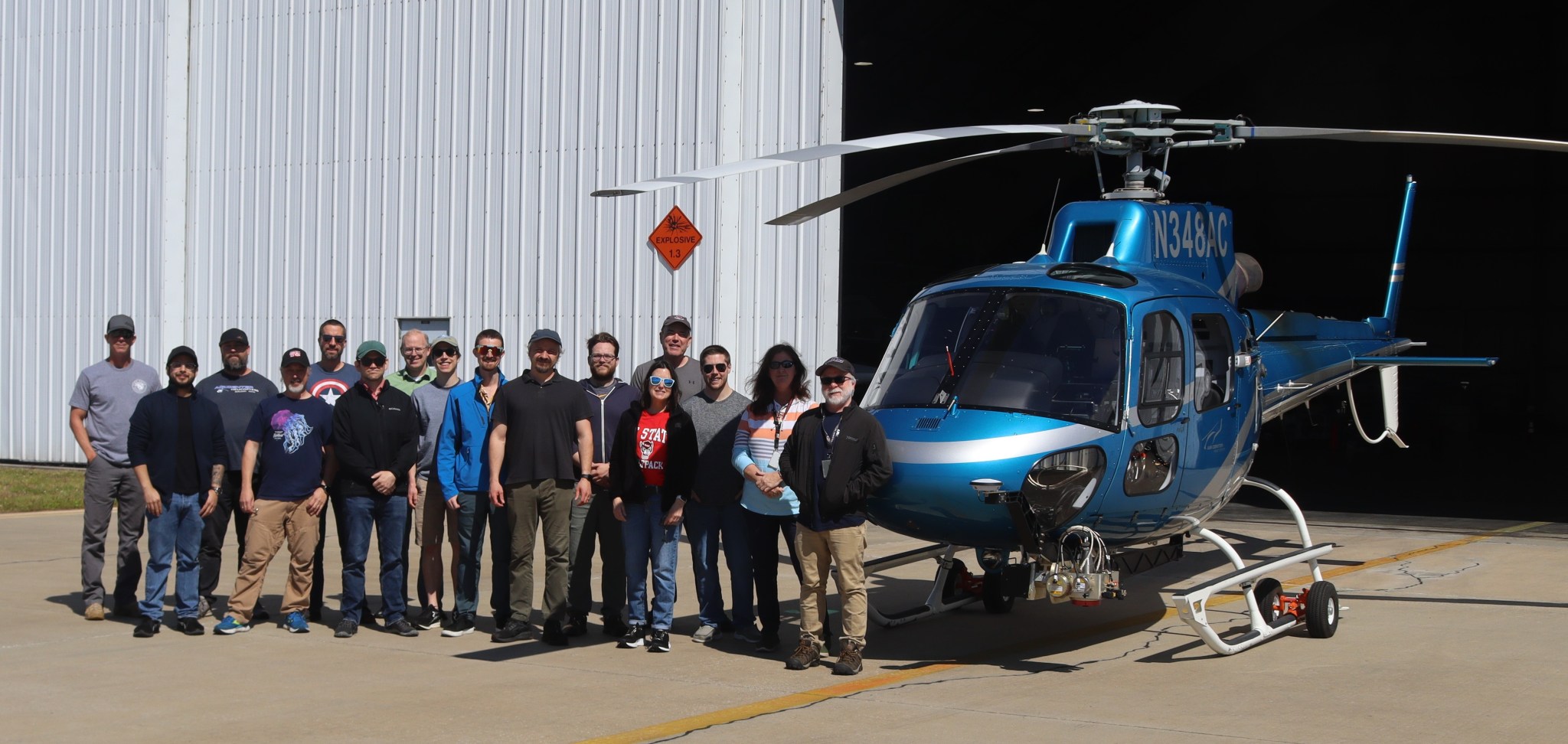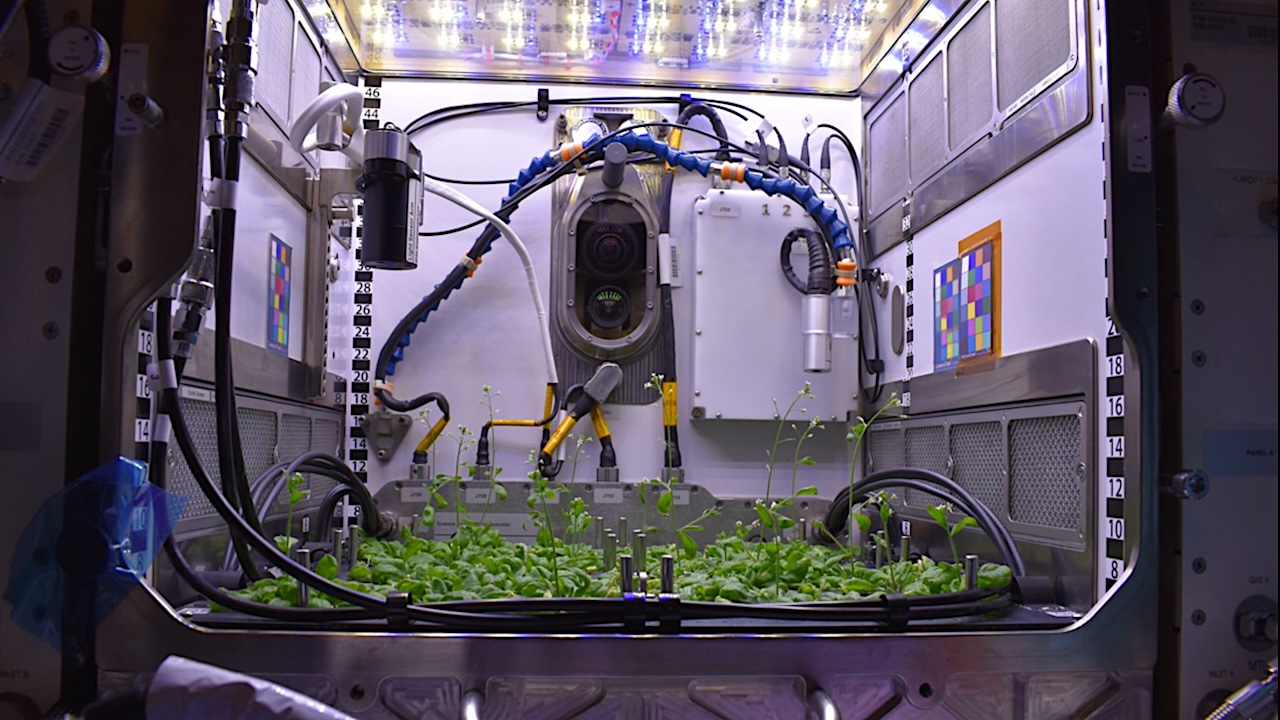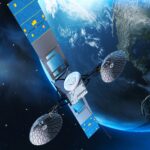Now Reading: Ice Giants
-
01
Ice Giants
Ice Giants
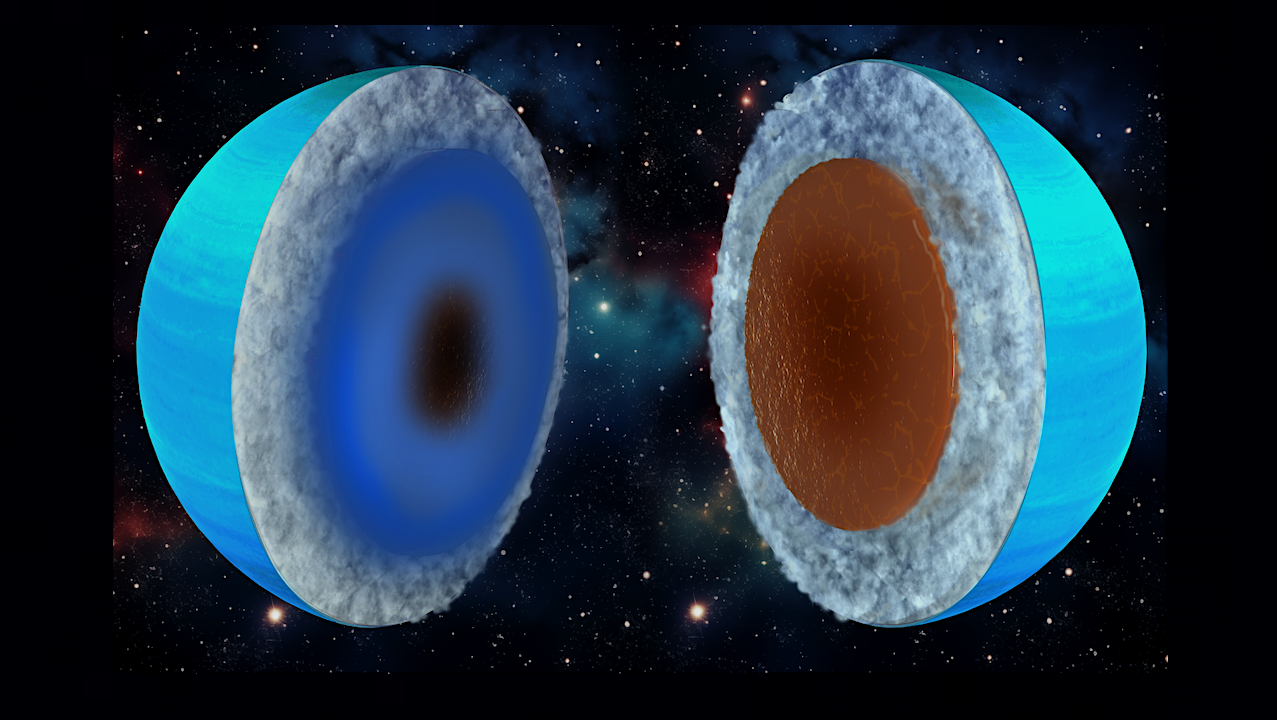

Sketches of the two end-members of possible bulk compositions of Uranus and Neptune: a water-dominated interior (left) and a rock-dominated interior (right). The dark brown at the planetary center represents the core, which is expected to be composed of iron and rocks. The atmosphere is represented with gray. Note that the transition between different layers may be fuzzy and that currently it is still unknown whether the planetary interiors are differentiated with distinct compositional layers. Keck Institute for Space Studies / Chuck Carter
Uranus and Neptune, the so-called “ice giants”, represent a fascinating class of planets. They are the outermost planets in the solar system with intermediate masses/sizes, complex non-polar magnetic fields, strong atmospheric winds, and not well-understood internal structures.
Studying the interiors of Uranus and Neptune is vital for advancing our understanding of planetary formation and evolution as well as for the characterization of planets around other stars.
In this review, we summarize our current knowledge of the interior and formation of Uranus and Neptune. Both planets are expected to be composed of rocks and ices and have H-He atmospheres of the order of 10% of their total masses. The rock-to-water ratios in Uranus and Neptune, however, are very uncertain. It is also unclear how the different materials are distributed within the interiors and whether distinct layers exist.
While often Uranus and Neptune are viewed as being “twin planets” it is in fact unclear how different the two planets are from each other, and whether they are indeed “icy” (water-dominated) planets.
After summarizing the current-knowledge of the interiors of Uranus and Neptune, we briefly discuss their magnetic fields and atmosphere dynamics. We next introduce the challenges in constraining the formation paths of Uranus and Neptune: it is still unclear whether the planets formed at their current locations, and what the dominating processes that led to their formation (accretion rates, size of solids, etc.) were. We also mention the possible role of giant impacts shortly after their formation.
Finally, we suggest that advanced modeling, future observations from space and the ground, lab experiments, and links with exoplanetary science can improve our understanding of Uranus and Neptune as a class of astronomical objects which seems to be very common in our galaxy.
Ravit Helled
Comments: invited review chapter, to appear in Oxford Research Encyclopedia of Planetary Science
Subjects: Earth and Planetary Astrophysics (astro-ph.EP)
Cite as: arXiv:2504.18219 [astro-ph.EP] (or arXiv:2504.18219v1 [astro-ph.EP] for this version)
https://doi.org/10.48550/arXiv.2504.18219
Focus to learn more
Submission history
From: Ravit Helled
[v1] Fri, 25 Apr 2025 10:06:16 UTC (21,977 KB)
https://arxiv.org/abs/2504.18219
Astrobiology
Stay Informed With the Latest & Most Important News
Previous Post
Next Post
-
 012024 in Review: Highlights from NASA in Silicon Valley
012024 in Review: Highlights from NASA in Silicon Valley -
 02Panasonic Leica Summilux DG 15mm f/1.7 ASPH review
02Panasonic Leica Summilux DG 15mm f/1.7 ASPH review -
 03From Polymerization-Enabled Folding and Assembly to Chemical Evolution: Key Processes for Emergence of Functional Polymers in the Origin of Life
03From Polymerization-Enabled Folding and Assembly to Chemical Evolution: Key Processes for Emergence of Functional Polymers in the Origin of Life -
 04How New NASA, India Earth Satellite NISAR Will See Earth
04How New NASA, India Earth Satellite NISAR Will See Earth -
 05And Thus Begins A New Year For Life On Earth
05And Thus Begins A New Year For Life On Earth -
 06Astronomy Activation Ambassadors: A New Era
06Astronomy Activation Ambassadors: A New Era -
07SpaceX launch surge helps set new global launch record in 2024












